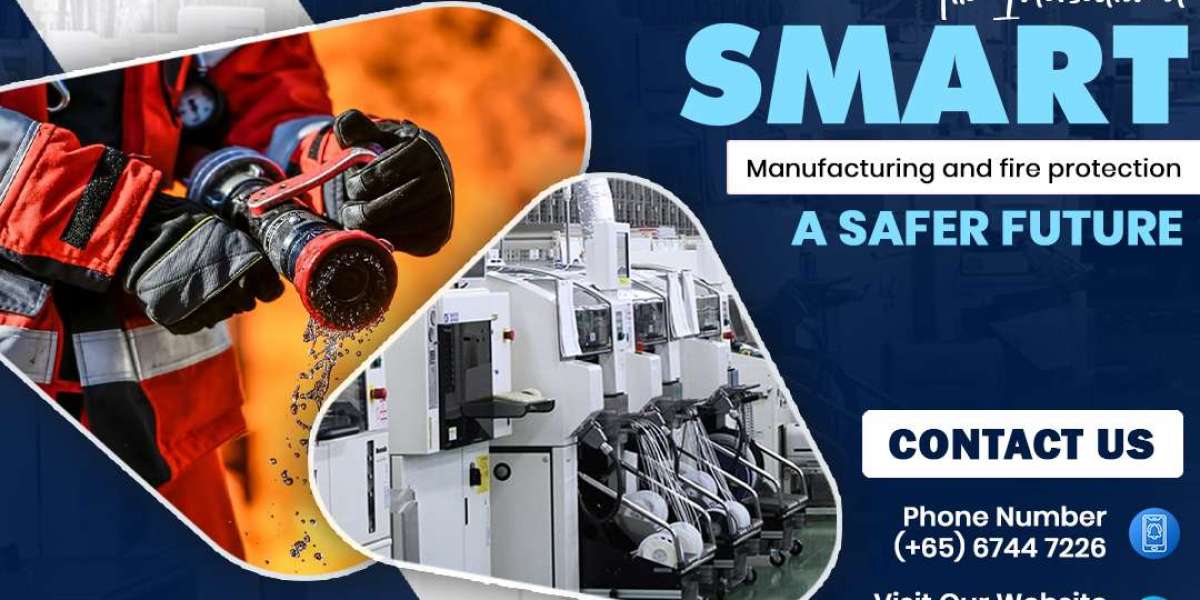As numerous manufacturing technologies are introduced in industrial systems, it is clear that safety issues require the enhancement of their level. Protection against fires is always an issue in every industrial plant, and it becomes crucial to reconsider it when it comes to smart manufacturing.
Integrating smart manufacturing and fire protection is likely the key to providing industrial facilities with the best and safest options for production and protection.
Why Fire Protection is Important in Smart Manufacturing
Protecting the manufacturing unit from fire is one of the integral necessities in implementing manufacturing safety. Many factories and production lines contain fossil fuel, electrical equipment, production lines, and enclosed production systems that can quickly catch fire if not controlled.
The established fire protection systems refer to fixed structural approaches such as fire extinguishers and alarms that are effective for various fire risks but fail to adapt to dynamic risks. In smart manufacturing systems, fire risks are enhanced due to more electronics, integrated equipment, and advanced systems.
Because these environments are complex, any equipment or structures problem could easily become a fire risk. Consequently, nothing is more vital and essential than ensuring fire protection standards are as high as possible.
How Smart Manufacturing Optimizes Fire Protection
Real-Time Surveillance and Alerting
Loss prevention measures in smart manufacturing systems include constant temperature, smoke, and conditions of machines to detect fire risks early.
- Instant Alerts: Sensors transmit alarms as soon as abnormalities are identified and remedial measures are carried out.
- Proactive Measures: When detected early, manufacturers are able to control fire outbreaks before they occur, hence mitigating damages.
Predictive Maintenance
Smart manufacturing of the industry also includes an element of predictive maintenance where artificial intelligence and data analytics predict equipment failures. In this way, such defects in machinery or equipment will be detected, and it will be possible for the manufacturers to counter the dangers of fire outbreaks before they occur.
- Reduced Failures: It can be done before failure gets to that stage, and it also reduces fire hazards.
- Cost Savings: Preventing equipment failure also ensures that repair and replacement of the equipment is also done at a lesser cost.
Automated Fire Suppression
Smart fire protection systems include the use of automated fire suppression, which may trigger an early sign of fire. These systems have been developed to help prevent fires from spreading at unbelievable speed.
- Instant Response: Suppression systems work right from the time of the incident, thus reducing damage to the facility and equipment.
- Adaptive Techniques: The system optimizes the suppression function according to the type of fire of fighting it is in at any particular period.
The Bottom Line
Smart manufacturing controlling fire protection shows the future evolution of making industrial places safer. Real-time monitoring, predictive maintenance, and automated fire suppression provide a solution that reduces the risk of fire, safeguards machinery, and increases efficiency. Since smart technologies are a growing industry, fire protection systems will also develop to create a safer manufacturing environment.



